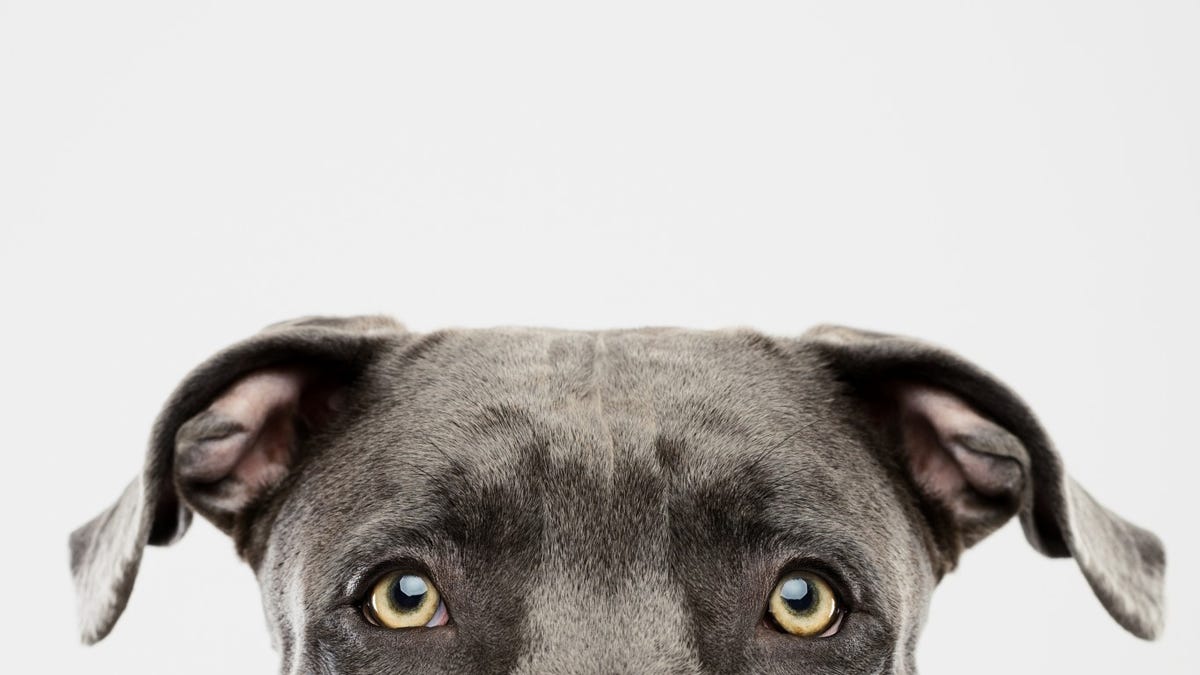Can dogs perceive colors? Understanding your pet’s vision.
While humans are capable of seeing a spectrum of colors thanks to the way our brains and eyes interpret light, dogs experience the world in a different way.
As you and your dog take a walk, you might marvel at the vibrant hues around you: the lush green grass, the clear blue sky, and the bright yellow sun. But how do these colors appear through a dog’s perspective?
For a long time, it was thought that dogs could only see in black and white. Newer research, however, suggests that this is not entirely accurate and provides insight into a dog’s visual experience.
Can dogs perceive colors?
According to the American Academy of Ophthalmology, the retina contains “cones,” which are specialized photoreceptors that help distinguish colors. Humans have three types of cones: those sensitive to red, green, and blue light.
Dogs, however, possess only two cone types, enabling them to perceive blue and yellow, as reported by VCA Animal Hospitals. This limited ability to detect colors is termed “dichromatic vision.”
Which colors can dogs detect?
Since dogs lack red-sensitive cones, their vision resembles that of a person with red-green color blindness, as highlighted by Jay Neitz, an ophthalmology professor and color vision expert at the University of Washington.
Individuals with red-green color blindness often confuse certain colors; for instance, they may see black as shades of red or perceive bright green as yellow, according to Healthline.
Dogs experience a similar situation. Their overall view of the world tends to be more muted, often resembling grayish-brown tones. For example, a red rubber ball might appear brown to them, and their favorite green dinosaur toy could look yellowish.
How do dogs’ visions differ from humans’?
Beyond color perception, there are additional differences in how humans and dogs see the world, as detailed by VCA Animal Hospitals.
Dogs tend to be more near-sighted than humans. So, if both you and your dog are staring at a tree from the same distance, it may appear blurrier to them. They also have a wider field of peripheral vision, but their ability to perceive depth is less acute.
Additionally, dogs are less responsive to variations in brightness. Therefore, while you may see a vivid shade, your dog likely sees it as a duller version.

